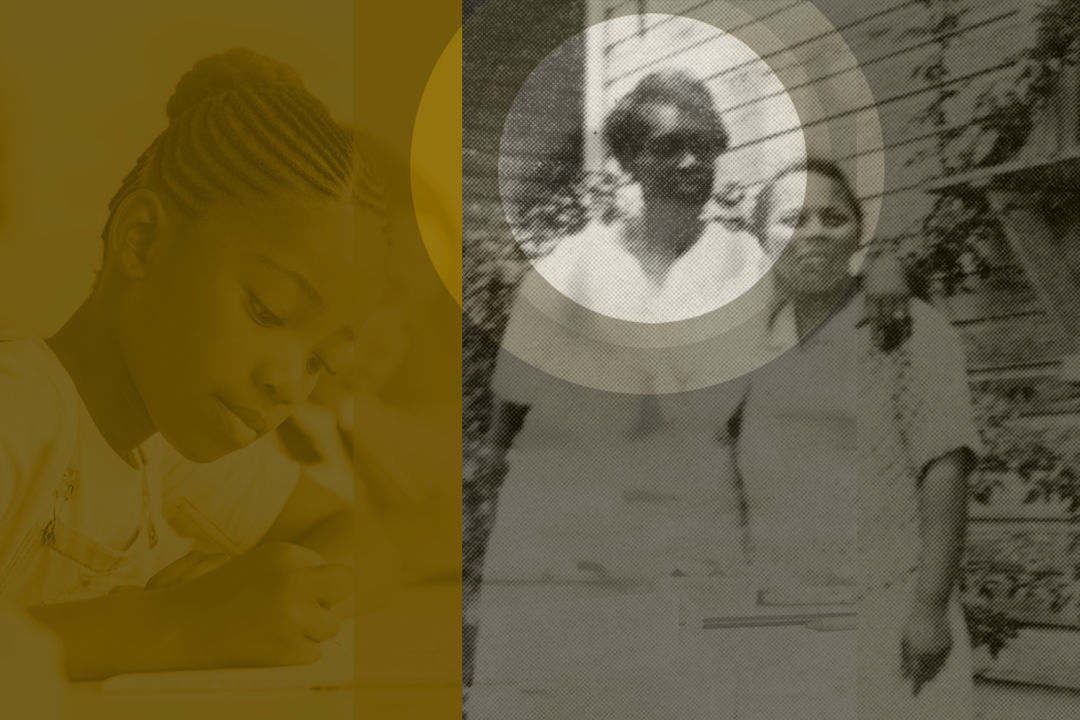Emma E. Booker Taught Generations and Transformed Black Education in Sarasota

Born in Live Oak, Florida, Emma E. Booker moved to segregated Sarasota around 1914 to teach at Sarasota’s only public school for Blacks, then called Sarasota Grammar
We start our ongoing series with a woman who may be lesser-known to Sarasotans at large—even though three schools in the traditionally African-American community of Newtown bear her name: Emma E. Booker Elementary, Booker Middle and Booker High. (Booker Avenue is also named in her honor.) Those lasting tributes are only fitting, since Emma E. Booker was a pioneering educator of her time, who began teaching while still in her teens herself. Born in Live Oak, Florida, she moved to segregated Sarasota around 1914 to teach at Sarasota’s only public school for Blacks, then called Sarasota Grammar.
Classes for Black students then were held in rented buildings, with often inadequate and secondhand books and supplies. But Booker was determined to do better. By 1923, she had become the principal of Sarasota Grammar and headed a fund-raising drive to open the community’s own school building in 1925, with four classrooms and an auditorium at the corner of what is now Seventh and Lemon. There she expanded the programs each year until she had eighth-grade graduates. Eventually, as the boom of the 1920s was replaced by the Depression, and her request to add a ninth-grade class was denied by the school board, Booker left Sarasota to take a position in St. Petersburg’s school system.
But her influence here was undeniable, not only in the schools that bear her name but in those early students—many of whom became educators themselves—she personally helped to see a path forward in a time and place where the odds were stacked against them. She also persevered over the years to finally achieve her own bachelor’s degree in 1937, just two years before her death—a remarkable accomplishment for a woman of color at the time.



